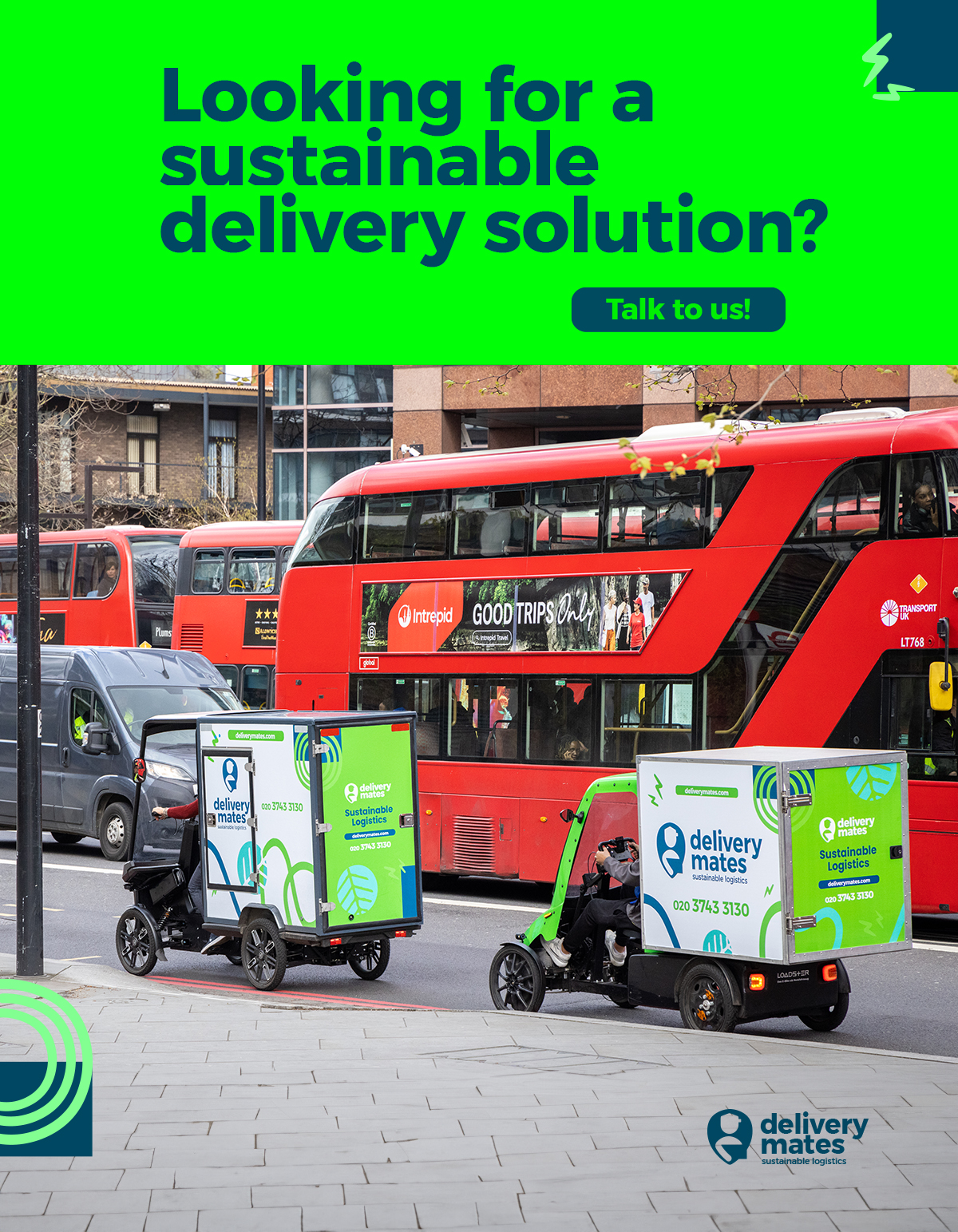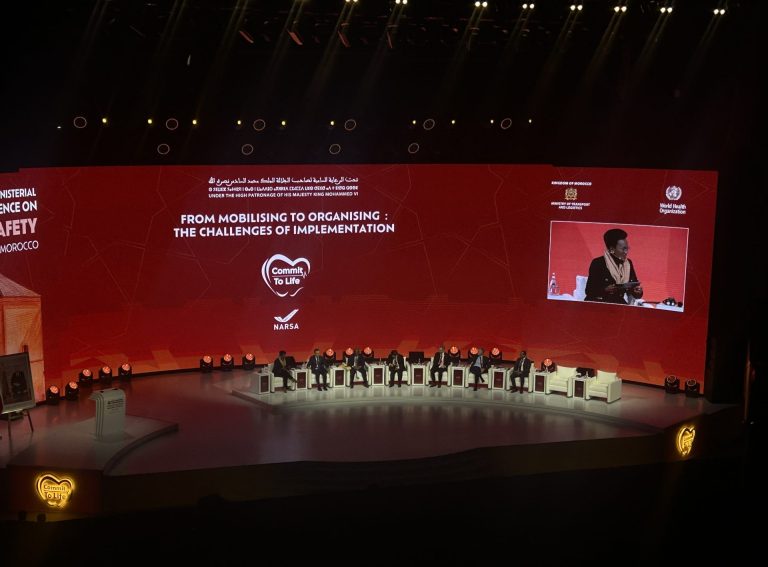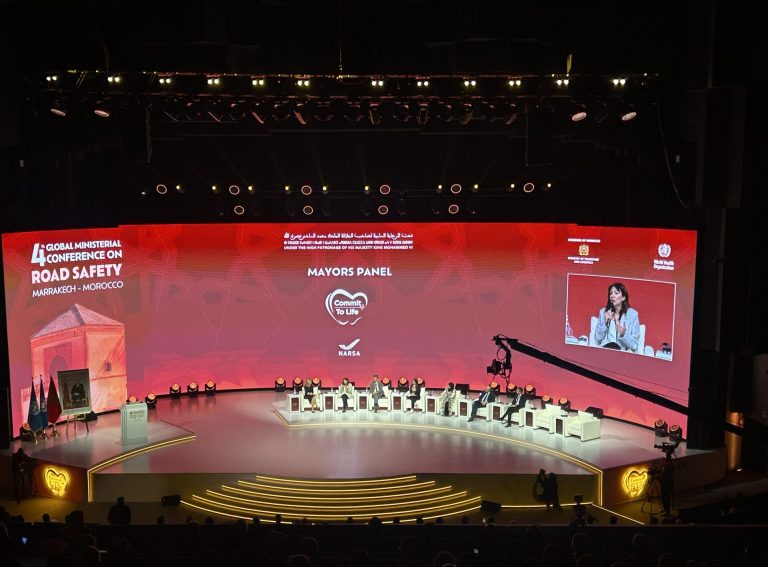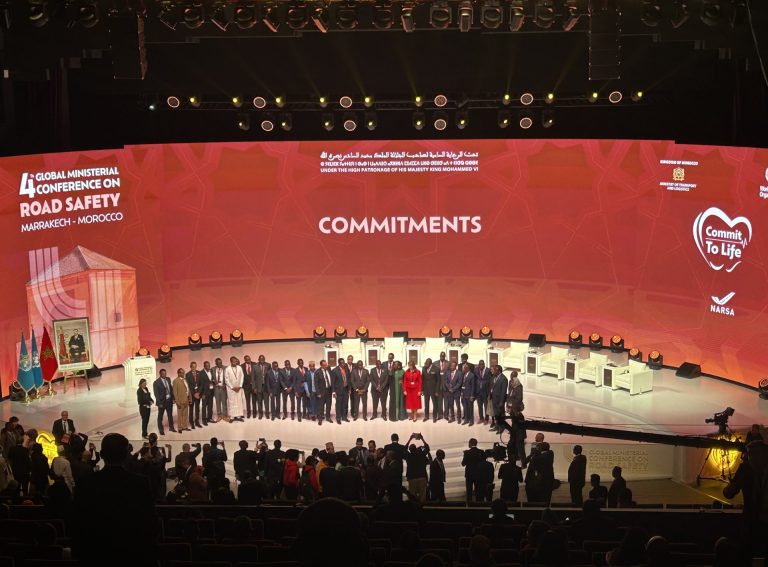24% of Transport for London’s Cycleway network has been found to be ‘socially unsafe’ after dark.
This finding comes from the ‘Women’s Freedom after Dark’ report published by London Cycling Campaign’s Women’s Network which finds that 52 of Transport for London’s 89 Cycleways (58%) have at least one section that is socially unsafe after dark.
The report states that socially unsafe Cycleways are “effectively unusable” for parts of the day and year with women and girls disproportionately affected.
“Unless London’s cycle network works for women, who are 51% of the population, it isn’t going to work for the population as a whole,” London Cycling Campaign’s Senior Campaigns Officer Clare Rogers told Zag Daily. “Other groups are vulnerable too – children, elderly people, people with disabilities – and many men are also put off cycling by safety issues.
“We need a safe, inclusive, 24/7 cycle network so that anyone who wants to cycle, can.”
The report found that 11 Cycleways are socially unsafe for 70% of their length after dark, and seven Cycleways are 100% unsafe after dark.
It refers to ‘socially unsafe’ areas as those that present a risk of harm from other people. For example, stretches through unlit parks, industrial estates or alongside canals with no escape routes.
Volunteers from London Cycling Campaign’s Women’s Network assessed the Cycleways according to a set of characteristics. These characteristics include the type of area – such as if the cycle route is part of a carriageway, in an industrial area, or besides a park. It also includes features of the route, such as if antisocial behaviour is present, blind corners and ambush points, and if the area feels neglected.
In an earlier report, London Cycling Campaign found that one in three women stopped cycling in winter or after dark due to a lack of safe routes. Research from Lime revealed that 50% of women fear night-time cycling in the UK, and Swapfiets found that 90% of women fear urban cycling in the UK.
London Cycling Campaign urges two actions to address its findings – to upgrade or replace the sections of Cycleways that are socially unsafe, and to include ‘directness’ and ‘social safety’ in TfL’s Cycle Route Quality Criteria.
“The Mayor of London wants 80% of London journeys to be by walking, cycling or public transport by 2041. We are not on course to achieve that goal,” Clare said. “Making the cycle network more inclusive will significantly boost our progress.
“At the moment 6% of trips in London are by bike – if everyone felt safe to hop on a bike for any trip in London, it could be 10, 20, or 30%.”
In response to the report, London’s Walking and Cycling Commissioner Will Norman told Zag Daily: “We recognise there are issues with some parts of the network not being accessible after dark, which is due to a range of factors.
“We continue to work with boroughs to ensure the cycle network is accessible and safe for all Londoners.”




